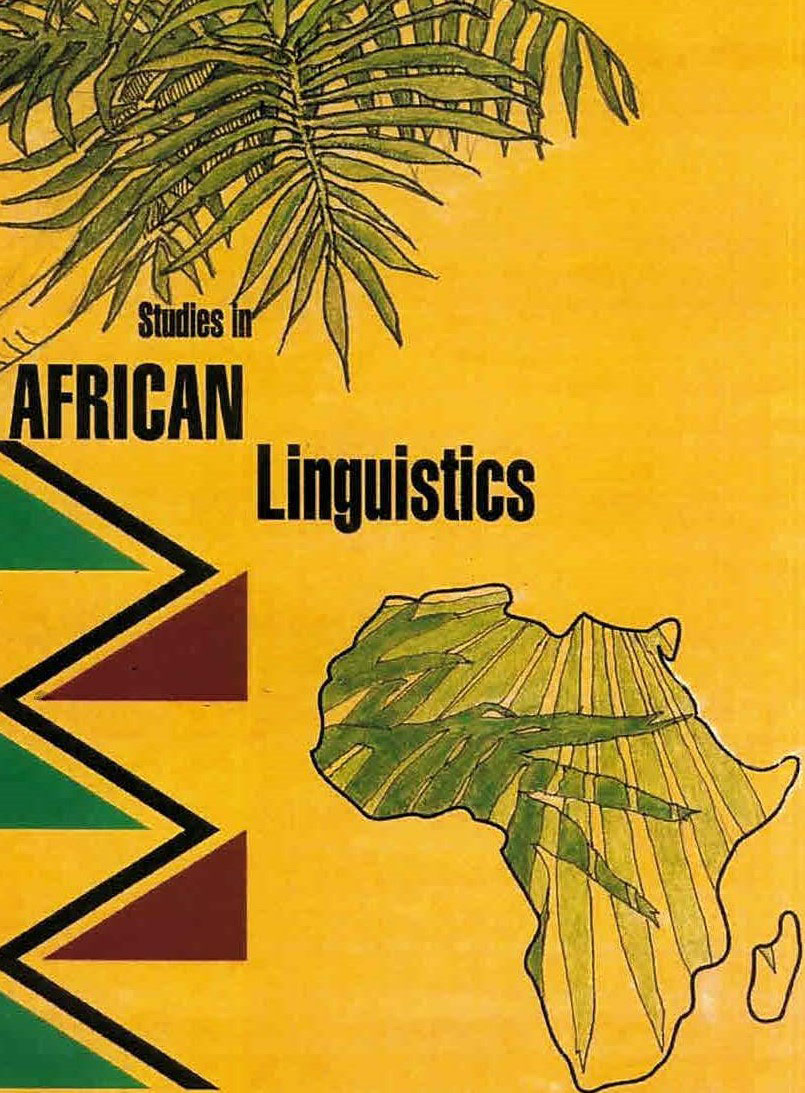On whether 'Doboro' was a fourth Kuliak language
DOI:
https://doi.org/10.32473/sal.v44i2.107259Keywords:
Doboro, Kuliak, Ik, Nilo-Saharan, NiloticAbstract
Wayland’s (1931) description of a northeastern Ugandan people called the ‘Wanderobo’ includes thirty-eight ‘Dorobo’ words, many of which resemble words in Ik, the last thriving member of the Kuliak (Rub) subgroup. Because of this resemblance, it has been speculated that ‘Dorobo’ might have been a fourth, now extinct Kuliak language (e.g. Heine 1976). Unfortunately, this notion has persisted in the literature up to recent times. This paper examines the information found in Wayland 1931 from several perspectives to argue that ‘Dorobo’ was at most a dialect of Ik, not a separate language. From an anthropological perspective, the ‘Wanderobo’ that Wayland described match in many ways the Ik of today. From a sociolinguistic perspective, the Ik living today in the area visited by Wayland are often mixed with members of other neighboring tribes, such as the Dodoth or Toposa (Eastern Nilotic). Thus it is likely that the Ik were mixed up with them in the 1930s as well. Furthermore, the linguistic data may be unreliable: Wayland was not a linguist, and his transcriptions were adversely affected by having been acquired through interpreters speaking only broken Swahili. These three strands of evidence coincide to render the 1931 document insufficient evidence on which to establish a ‘Dorobo’ language.Downloads
Published
2015-06-15
Issue
Section
Articles
License
Authors retain copyright and grant the journal right of first publication


